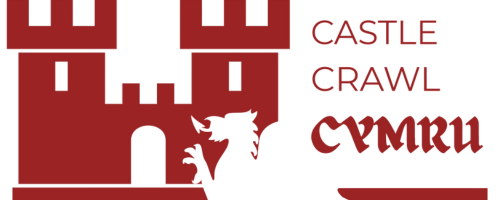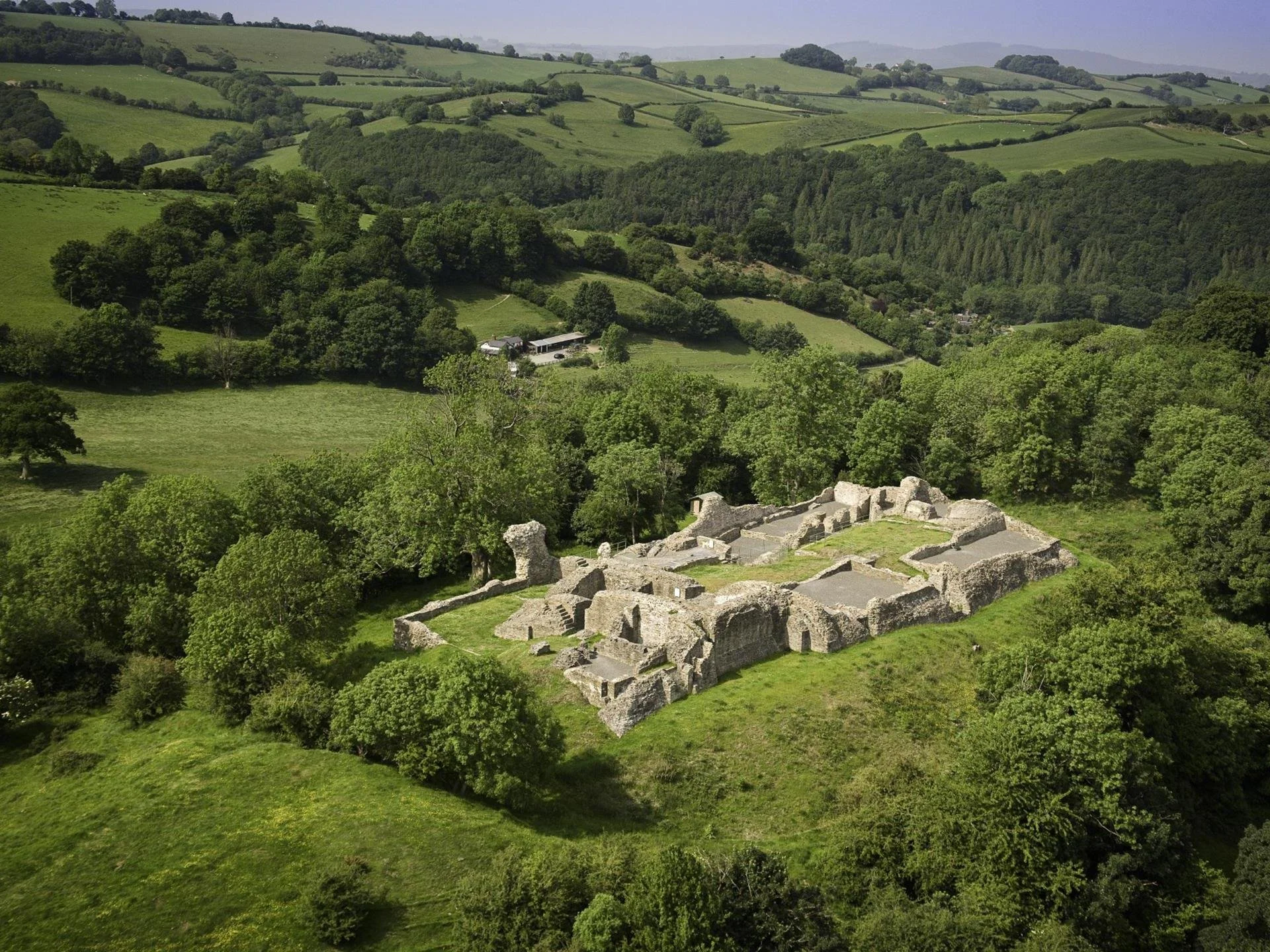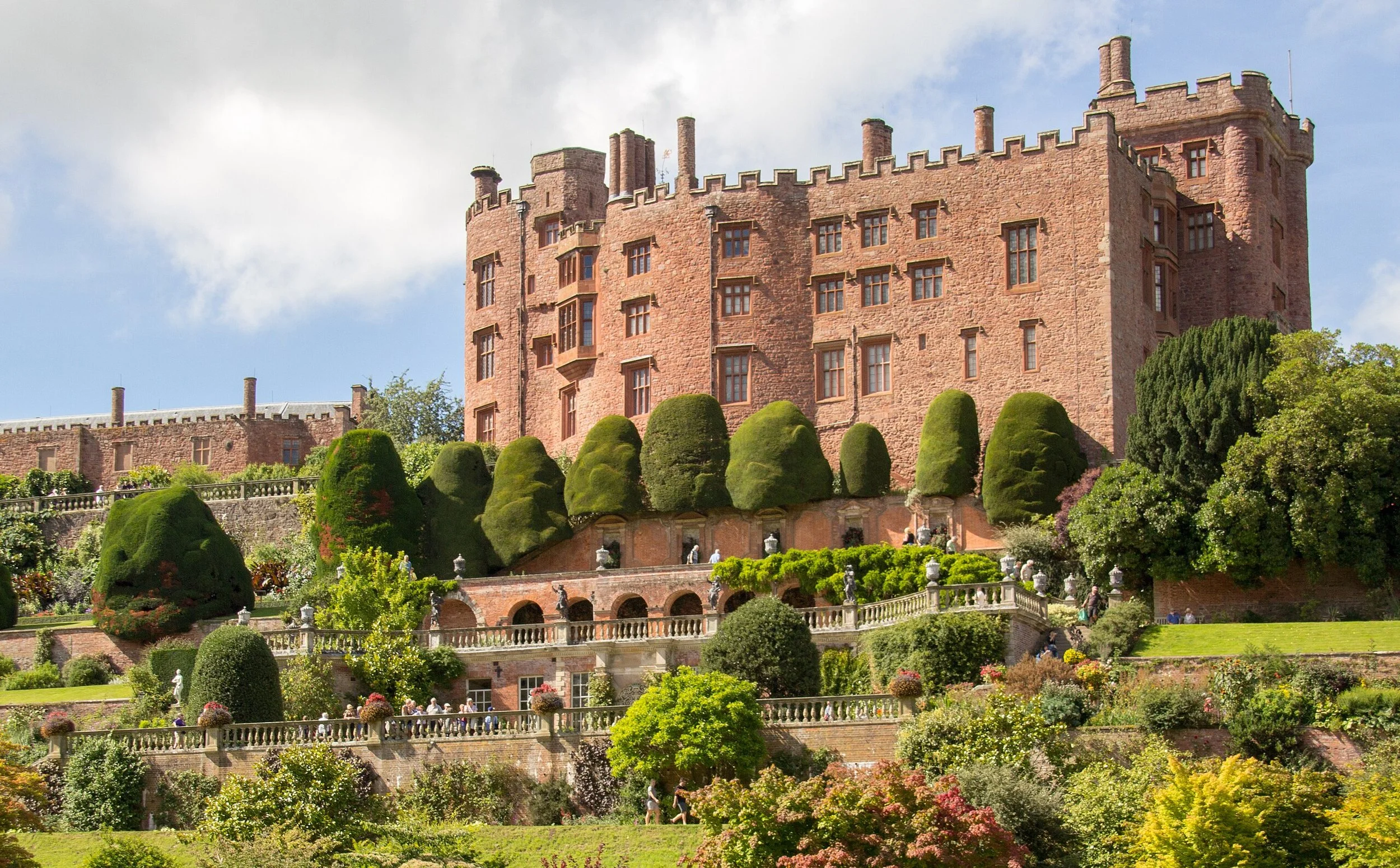Dolforwyn Castle | Visit Amazing Welsh Castles
Dolforwyn Castle is a 13th-century fortress overlooking the Severn Valley in Powys, Wales. It stands near the town of Montgomery and offers views across the borderlands.
Built by the Welsh prince Llywelyn ap Gruffudd, it reflects native Welsh military architecture during a period of rising tension with England.
The castle is now a ruin. However, parts of its curtain wall and towers remain visible. Visitors can walk the grounds and explore the surviving features while learning about its brief but significant role in Welsh history.
Quick Facts
Built: Between 1273 and 1277
Founder: Llywelyn ap Gruffudd (Llywelyn the Last)
Type: Rectangular enclosure castle with towers
Condition: Ruin
Ownership: Cadw (Welsh Government heritage agency)
Location: Near Abermule, Powys, Wales
Access: Free to enter, via a steep footpath
Brief History
The castle was constructed between 1273 and 1277 by Llywelyn ap Gruffudd, also known as Llywelyn the Last. He built it to secure Welsh control over the Severn Valley and challenge the growing influence of the English Crown in the Marches.
The castle's construction defied King Edward I, who viewed it as a threat. In 1277, before Dolforwyn was fully completed, English forces under Roger Mortimer laid siege to it. Llywelyn’s garrison surrendered after a short siege, mainly due to a lack of water.
After its capture, the English modified the castle. They added a well and made structural changes to suit their defensive needs. However, Dolforwyn lost strategic importance and fell into decline by the 14th century.
Archaeological excavations in the 1980s and 1990s revealed much about its layout and construction techniques. The castle is now protected as a scheduled monument under Cadw.
Features and Layout
It is built on a narrow ridge, using the natural topography for defence. Its design follows the style of native Welsh castles, which differed from the concentric castles introduced by the Normans.
The castle has a rectangular layout, measuring roughly 240 feet (73 metres) by 90 feet (27 metres). It features two D-shaped towers at the corners and curtain walls that enclose the interior buildings.
A rock-cut ditch strengthens the defences on the more vulnerable sides. Inside the enclosure are remains of a great hall, a circular tower (later added by the English), and traces of domestic buildings. The English also dug a well after capturing the site, as its absence had contributed to the Welsh surrender.
Visitors can still see the layout clearly, including the solid base of the gatehouse and worn steps carved into the bedrock. Some graffiti from the post-medieval period is visible on the wall remnants.
Did You Know?
Dolforwyn is one of the few surviving castles built entirely by the native Welsh during the medieval period, rather than by the Normans or English.
Images





Legends and Stories
The castle is linked with the legendary Welsh princess Marared (or Mari), daughter of a local chieftain. According to a tale recorded by local antiquarians, she fell in love with a man from an enemy tribe. Her father imprisoned her at Dolforwyn to prevent the union. She is said to have leapt from the castle walls in despair. Some visitors have reported sensing her presence near the old towers, though no official paranormal investigations have taken place.
Other stories mention sightings of ghostly figures along the ridge path, especially at dusk. These accounts appear in local walking forums and oral history trails, but there is no formal documentation.
One story, shared on a local TripAdvisor review, claimed a visitor’s dog refused to walk past the main gate, growling at something unseen. While anecdotal, such tales contribute to the site’s character.
Visiting
The castle is managed by Cadw, the historic environment service of the Welsh Government. Entry is free. The site is open throughout the year, but there are no staffed facilities on site.
Opening Times
Open access year-round
No gates or controlled hours, but daylight visits are advised for safety
Directions
Address: Near Abermule, Powys, Wales, SY15 6JJ
Access: From the A483 near Abermule, follow brown signs to the car park below the castle. A steep footpath leads uphill for about 15 minutes.
Ticket Prices
Free entry (no ticket needed)
Facilities
No toilets, café, or visitor centre
Nearest facilities are in Abermule (2 miles) or Montgomery (5 miles)
Dog Policy
Dogs are allowed if kept on leads
The site is open countryside with livestock nearby at times
Nearby Attractions
If you're visiting, there are several other historic and natural sites nearby:
Montgomery Castle
A Norman castle built after the fall of Dolforwyn, offering views over the borderlands.
Offa’s Dyke Path
A long-distance walking trail following the historic earthwork. Scenic sections pass near Montgomery.
Glansevern Hall Gardens
Formal gardens and lakeside paths on a 25-acre estate near the River Severn.
Powis Castle and Garden (National Trust)
A well-preserved castle with formal gardens, museum collections, and a deer park.
Visitor Tips
Wear walking shoes, The footpath to the castle is steep and can be slippery after rain
Dogs allowed on leads, Grazing sheep are often nearby
No mobile signal on site, Download maps or directions beforehand
Bring your own information, No interpretation boards at the ruins
No facilities, No toilets or refreshments available at the castle
Best visited in dry weather, Ground is uneven and fully exposed
FAQs
-
The walk from the car park to the castle takes about 15–20 minutes. The path is steep and uneven in places.
-
Yes, but children should be supervised. There are steep drops and no safety railings at the site.
-
The site is not wheelchair accessible due to the steep, unpaved path and uneven terrain.
-
There are no information panels or displays. It is recommended to read about the site beforehand or use a guidebook.
-
Cadw does not permit recreational drone flying at its unstaffed monuments. You must apply for permission if filming.
Wrapping it Up
This castle is a rare example of native Welsh military architecture. Built by Llywelyn ap Gruffudd to assert control over the Severn Valley, it was quickly lost to the English in 1277. Despite its short military use, the site offers valuable insight into the power struggles of medieval Wales.
Today, visitors can explore the remains freely and enjoy views across the borderlands. Though unstaffed and without facilities, the site remains an important heritage location under Cadw protection.
Sources
Cadw – Castell Dolforwyn
Official site with visitor access details, dog policy, terrain and safety information, coordinates, grid reference, and directions https://cadw.gov.wales/visit/places-to-visit/castell-dolforwynWikipedia – Dolforwyn Castle
Background on origin, history, brief archaeology overview
https://en.wikipedia.org/wiki/Dolforwyn_CastleLatitude.to – Dolforwyn Castle Coordinates
Confirmed precise geographic coordinates ﹣ Latitude 52.5465, Longitude -3.25203
https://latitude.to/map/gb/united-kingdom/cities/welshpool/articles/104432/dolforwyn-castleMortimer History Society – Dolforwyn Castle
Siege account, builder context, aftermath
https://mortimerhistorysociety.org.uk/the-mortimers/mortimer-castles/dolforwyn-castle/Castlecrawlcymru – Dolforwyn Castle
Detailed castle description, excavations, layout, village trace
https://www.castlecrawlcymru.co.uk/castles/dolforwyn-castleGatehouse Record – Dolforwyn Castle
Layout, OS grid, listing status, tower descriptions
https://www.gatehouse-gazetteer.info/Welshsites/652.htmlExcavations at Dolforwyn Castle
Archaeological digs, native vs English details
https://www.castlewales.com/dolforn1.htmlAtlas Obscura – Dolforwyn Castle
Visitor advice, coordinates confirmation, historical significance
https://www.atlasobscura.com/places/dolforwyn-castleBritain Express – Dolforwyn Castle
Access details, open access info.
https://www.britainexpress.com/attractions.htm?attraction=468




Aberystwyth Castle is a striking example of a coastal fortress built during the medieval period in Wales. It's found in the town of Aberystwyth, Ceredigion.